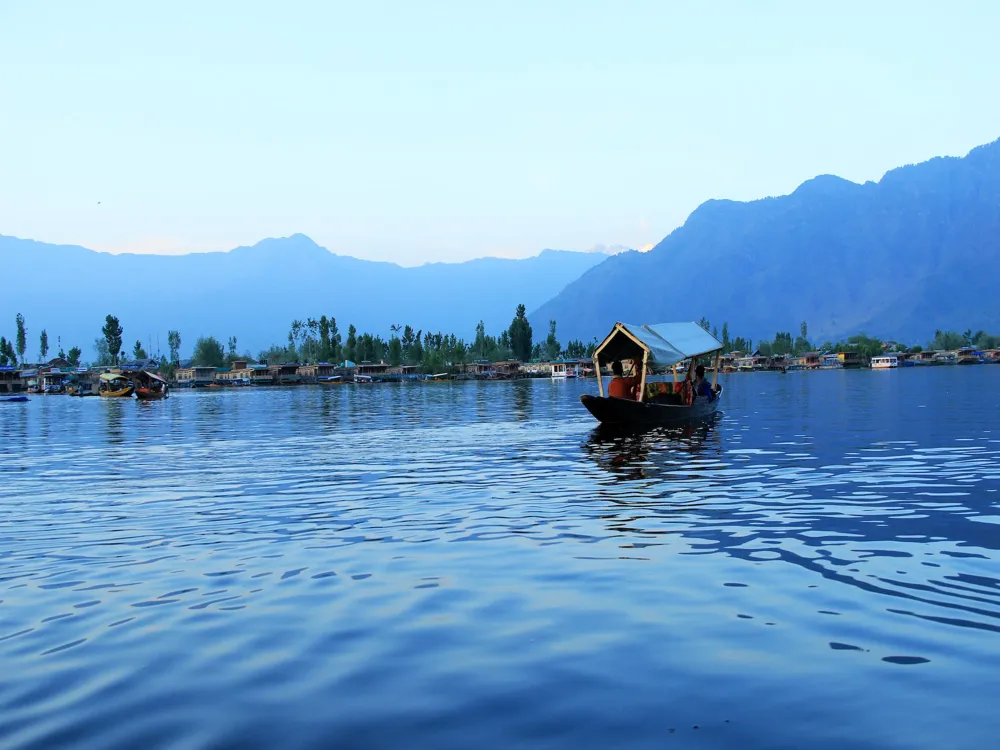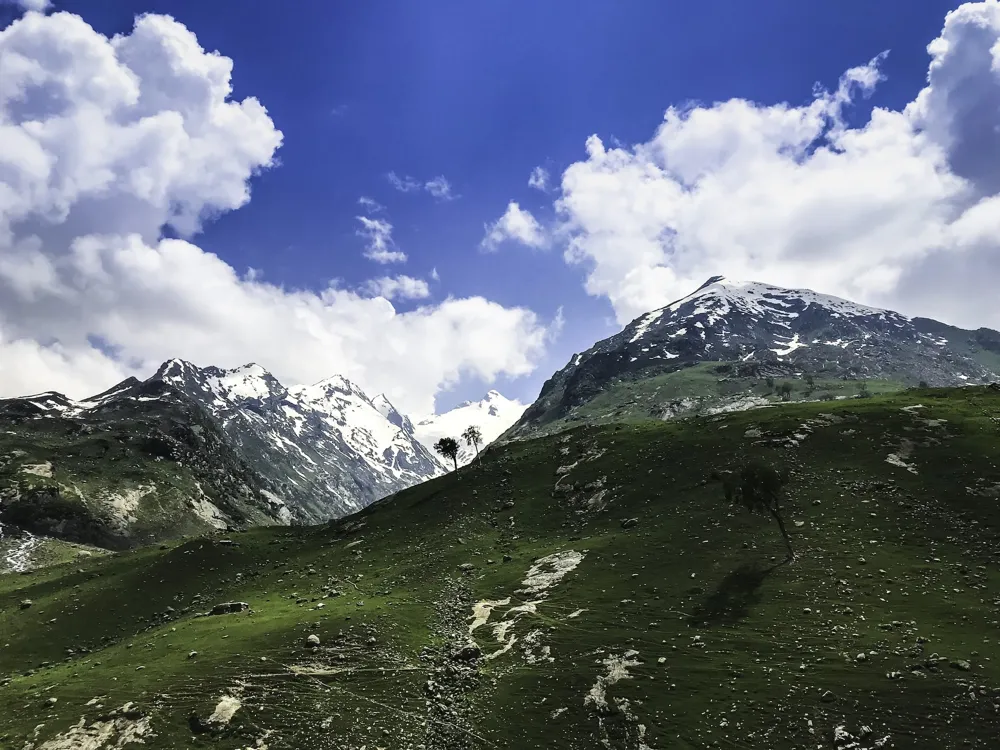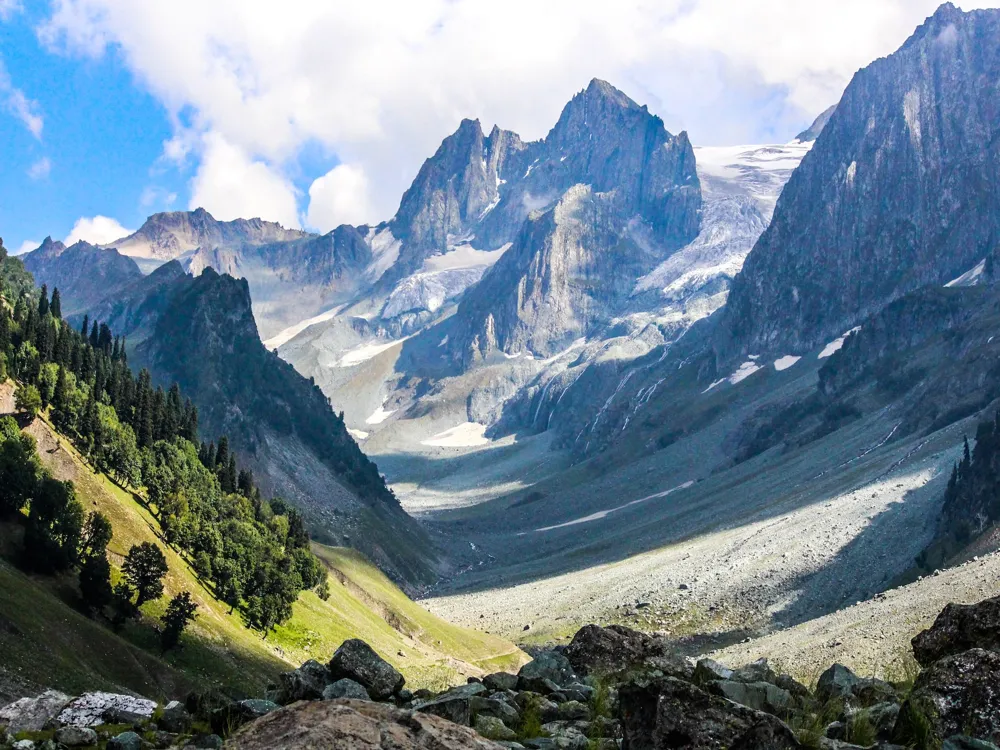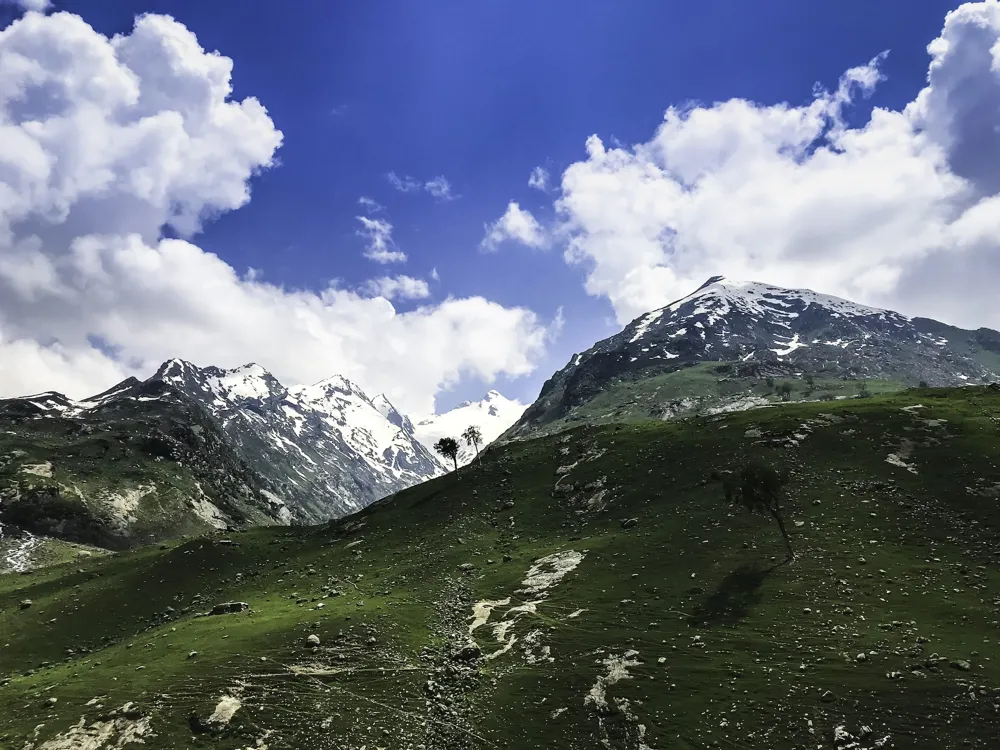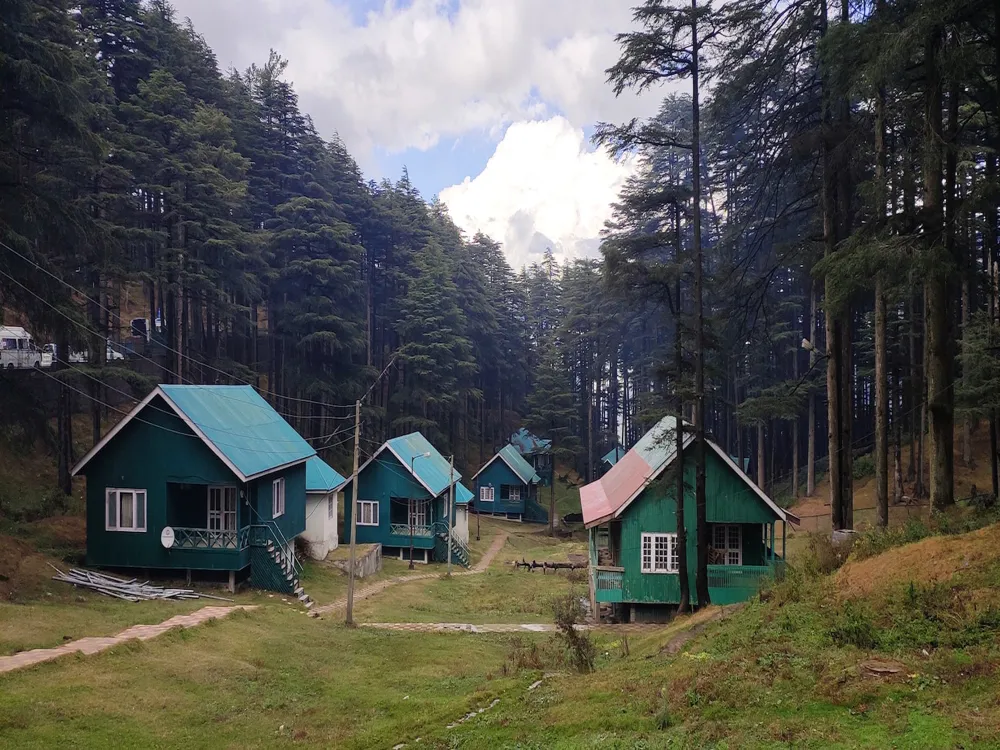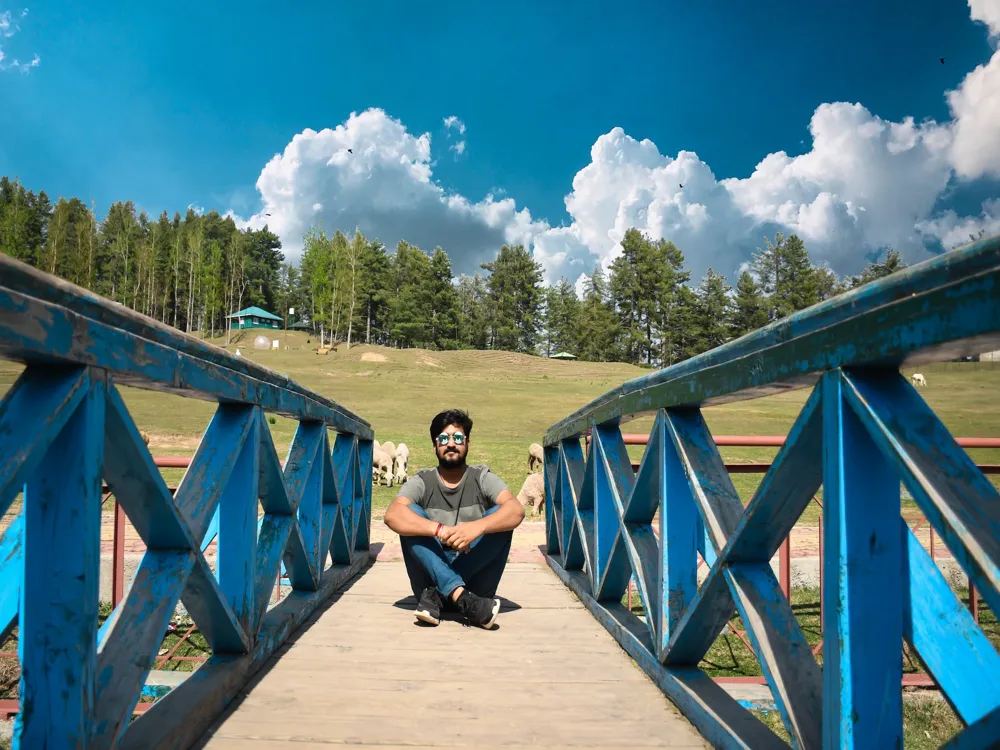Parihaspora, nestled in the picturesque valley of Anantnag in Jammu and Kashmir, is a place steeped in history and natural beauty. This ancient town, once a thriving capital of the Kashmir valley, is a testament to the region's rich cultural heritage. The town's history dates back to the 8th century AD, when it was founded by King Lalitaditya Muktapida of the Karkota Dynasty. Over the centuries, Parihaspora has witnessed the rise and fall of various dynasties, leaving behind a legacy that continues to enchant historians and travelers alike. Today, Parihaspora is a serene hamlet, offering a glimpse into the past with its magnificent ruins and scenic landscapes. The town's strategic location at the crossroads of various ancient trade routes contributed to its historical significance. The remnants of ancient temples, palaces, and other structures in Parihaspora provide invaluable insights into the architectural brilliance of the era. The site also stands as a symbol of religious tolerance, with influences of Buddhism, Hinduism, and later Islam evident in its ruins. The architecture of Parihaspora is a fascinating amalgamation of various styles and influences, reflecting the diverse cultural and religious history of the region. The ruins, though worn by time, still showcase the artistic and architectural prowess of ancient Kashmiri craftsmen. Key architectural features include intricately carved stone pillars, ornate gateways, and the remains of impressive temples and palaces. One of the most notable structures is the remains of the Martand Sun Temple. Built under the patronage of King Lalitaditya, this temple is a fine example of early Hindu temple architecture in Kashmir. Its unique design combines elements of Gandharan, Gupta, and Chinese styles, creating a distinct aesthetic that is both majestic and harmonious. The temple's symmetrical layout, precise stonework, and elaborate carvings are indicative of the high level of skill and artistry achieved by the architects and artisans of the time. The ideal time to visit Parihaspora is between April and October, when the weather is pleasant, and the natural beauty of the valley is at its peak. This period avoids the harsh winter months, making exploration of the ruins and surrounding areas more comfortable. Visitors are encouraged to respect the historical significance of Parihaspora by avoiding any actions that might damage the ruins. It is also advisable to follow any guidelines set by the local authorities to preserve the site for future generations. Hiring a local guide can greatly enhance your visit to Parihaspora. Guides offer valuable insights into the history and architecture of the ruins, providing a deeper understanding of the site's significance. Parihaspora is well-connected by road and can be easily reached from Srinagar, the capital city of Jammu and Kashmir. The journey from Srinagar to Parihaspora takes about an hour by car. Regular bus services and taxis are also available from major towns in the valley, making it accessible for travelers. Read More:Overview of Parihaspora, Anantnag, Jammu, and Kashmir
Architecture of Parihaspora
Tips When Visiting Parihaspora
Best Time to Visit
Respecting the Site's Heritage
Local Guides and Tours
How to Reach Parihaspora
Parihaspora
Anantnag
Jammu And Kashmir
NaN onwards
View anantnag Packages
Anantnag Travel Packages
View All Packages For Anantnag
Top Hotel Collections for Anantnag

Private Pool

Luxury Hotels

5-Star Hotels

Pet Friendly
Top Hotels Near Anantnag
Other Top Ranking Places In Anantnag
View All Places To Visit In anantnag
Faq on Anantnag
What is Parihaspora Anantnag?
Parihaspora Anantnag is an archaeological site located in the Anantnag district of Jammu and Kashmir, India. It is renowned for its historical significance dating back to the 8th century AD.
What historical significance does Parihaspora Anantnag hold?
Parihaspora Anantnag was once a significant Buddhist center during the rule of the Kashmiri king Lalitaditya Muktapida in the 8th century. It later became a site of Hindu temples during the reign of Avantivarman and Sankaravarman.
What are the notable features of Parihaspora Anantnag?
Parihaspora Anantnag is known for its impressive architectural ruins, including the remains of Buddhist stupas, monasteries, and Hindu temples. The site also features intricate stone carvings and sculptures.
How can one reach Parihaspora Anantnag?
Parihaspora Anantnag is accessible by road from the city of Srinagar, which is approximately 65 kilometers away. Visitors can hire taxis or use public transportation to reach the site.
Is Parihaspora Anantnag open to tourists?
Yes, Parihaspora Anantnag is open to tourists. However, visitors are advised to check for any travel advisories or restrictions before planning a trip due to the prevailing security situation in the region.
View anantnag Packages
Anantnag Travel Packages
View All Packages For Anantnag
Top Hotel Collections for Anantnag

Private Pool

Luxury Hotels

5-Star Hotels

Pet Friendly
Top Hotels Near Anantnag
Other Top Ranking Places In Anantnag
Faq on Anantnag
What is Parihaspora Anantnag?
Parihaspora Anantnag is an archaeological site located in the Anantnag district of Jammu and Kashmir, India. It is renowned for its historical significance dating back to the 8th century AD.
What historical significance does Parihaspora Anantnag hold?
Parihaspora Anantnag was once a significant Buddhist center during the rule of the Kashmiri king Lalitaditya Muktapida in the 8th century. It later became a site of Hindu temples during the reign of Avantivarman and Sankaravarman.
What are the notable features of Parihaspora Anantnag?
Parihaspora Anantnag is known for its impressive architectural ruins, including the remains of Buddhist stupas, monasteries, and Hindu temples. The site also features intricate stone carvings and sculptures.
How can one reach Parihaspora Anantnag?
Parihaspora Anantnag is accessible by road from the city of Srinagar, which is approximately 65 kilometers away. Visitors can hire taxis or use public transportation to reach the site.
Is Parihaspora Anantnag open to tourists?
Yes, Parihaspora Anantnag is open to tourists. However, visitors are advised to check for any travel advisories or restrictions before planning a trip due to the prevailing security situation in the region.












